Sneaker culture has exploded in recent years, with countless brands emerging as leaders in innovation and style. Among the most popular are Nike, Adidas, and New Balance, each renowned for their ability to blend performance with fashion. Lesser-known brands like Veja and Onitsuka Tiger have also gained traction, offering unique designs and sustainable options. Curious to find out which brands are leading the pack for sneaker aficionados in 2023? Explore our curated list below to see which brands are making waves in the sneaker world.
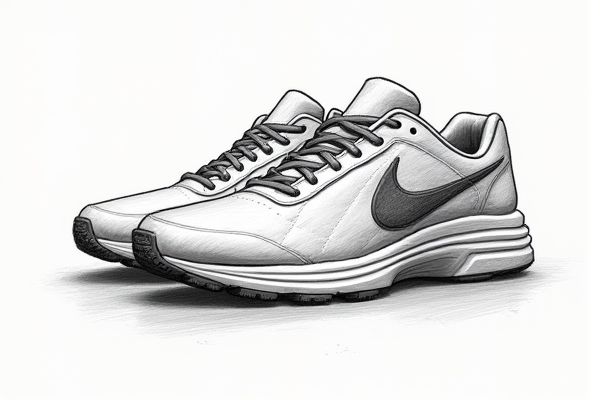
Illustration of sneakers shoes
Best brands of sneakers shoes in 2025
Nike
Nike is one of the leading producers of sneakers, holding a significant 38.5% market share in the global sneaker industry as of 2022, with revenues of $28 billion. The company dominates the athletic footwear market with a 30% share in 2023, a 2.6% increase from 2020. Nike's stronghold in the basketball shoe market is particularly notable, with an 86% share as of 2019. The company produces over 800 million pairs of shoes annually, with half of its production coming from Vietnam. Nike's global presence and innovative products have solidified its position as a market leader. For more detailed insights, you can explore the Nike shoes statistics.
Adidas
Adidas is one of the leading producers of sneakers, holding an 18.4% share in the worldwide sneaker market as of 2022, with global sneaker revenue of $13.4 billion. The company produced 419 million pairs of shoes in 2022, a 23% increase from 2021, and footwear accounts for 55% of its total net sales. Adidas dominates the athletic footwear market with a 15.10% share in 2020 and 18.11% in 2019. The brand is known for its performance-driven designs and accessible prices, making it a favorite among consumers. In 2023, Adidas's brand value exceeded $15 billion, solidifying its position as the second-largest athletic apparel and footwear company globally. For more detailed insights, you can explore Adidas's market statistics.
Puma
PUMA is a leading producer of sneakers, holding a 1.2% share of the global footwear market and a 4% share of the athletic shoe segment in the United States as of 2022. The company has seen continuous growth in its footwear revenue, increasing from $1.6 billion in 2014 to $4.6 billion in 2022, with a projected reach of $6.2 billion by 2030. PUMA maintains a 2.1% share in the global athletic footwear market and a 5.1% share in the sneaker market. It is also the fourth most popular basketball shoe brand in the NBA, averaging a 3.4% share over the past five seasons. With 35 million pairs of shoes produced annually, PUMA has established itself as a significant player in the global athletic footwear industry.
New Balance
New Balance is a leading producer of sneakers, renowned for its high-quality and innovative footwear. In 2022, the brand reported over $5.3 billion in revenue, marking a 21% growth from the previous year, and it aims to double its size to $10 billion in the near future. New Balance enjoys a favorable view from 42% of U.S. adults, with a significant increase in favorability among Gen Z adults, rising from 34% to 52% between September 2022 and September 2023. The brand's market share in the global sneaker market stands at 7.3%, and it is favored by 40% of U.S. sneaker owners, with 27% of them owning New Balance shoes. For more information, visit the New Balance website.
Under Armour
Under Armour has emerged as a significant player in the sneaker market, surpassing Adidas to become the second-largest sports brand in the U.S. as of 2024. Apparel sales account for 14% of the U.S. market, with combined apparel and footwear sales reaching $1.2 billion through August. The company's footwear segment, though still behind Nike, generates nearly $1.5 billion in annual revenue, with Stephen Curry's brand contributing up to $250 million. Under Armour's innovative technologies, such as the UA Flow cushioning, have enhanced its performance footwear. The brand has also seen a 20% sales increase this year, while Adidas experienced a 23% decline. Under Armour's strategic partnerships and expansions, including signing Brazilian supermodel Gisele Bundchen, further solidify its market position.
Reebok
Reebok, a renowned brand in the athletic footwear industry, once surpassed Nike as the leading athletics brand in the mid-1980s, with sales reaching $1.82 billion in 1989. Although it currently holds a market share of around 5-7% globally, Reebok has a significant presence and a loyal customer base. The brand's sales spiked dramatically from $12.8 million in 1983 to over $1 billion by 1987. Despite its current market share being lower than Nike's, Reebok remains a prominent player, especially with its niche markets and targeted marketing campaigns. Reebok's market share in the sports footwear space is approximately 1.1%, according to Euromonitor International. For more insights, you can read about how Reebok's journey shifted over the years.
Converse
Converse, a renowned brand in the sneaker industry, has been a staple since its founding in 1908. Known for its iconic All-Star sneakers, Converse has sold over 655 million pairs of Chucks worldwide, making them the most popular shoes in history. In the year ended May 31, 2024, Converse generated approximately $2 billion in global revenue, despite a slight decline from previous years. The brand, owned by Nike, maintains a significant presence with around 80 Converse stores in the United States and holds a 4% market share in the global sneaker market. For more insights into Converse's revenue statistics, visit their sales data on Statista.
ASICS
ASICS is a prominent athletic footwear brand, renowned for its high-performance products, particularly in the running shoe segment where it holds a significant global market share of 9.9% as of 2019 and 13.3% in the running shoe market as of January 2020. The brand boasts a global market share of 8.1% in the athletic footwear industry, positioning it as the fourth-largest brand worldwide. In specific regions, ASICS dominates with a 36% market share in Australia and aims to increase its share in Europe to 29% and in North America to 25% by 2026. ASICS generated $3 billion in footwear revenue in 2022, with performance running shoes contributing $1,766 million. The brand's strong presence is further enhanced by its acquisition of key running ecosystem platforms like Njuko, RunKeeper, and Race Roster.
Vans
Vans is a prominent player in the sneaker industry, known for its high-quality and durable footwear. In 2022, Vans held a 7% market share in the global sneaker market, competing closely with other major brands like Skechers and Converse. The company produces between 70 and 85 million pairs of shoes annually, with each pair undergoing a meticulous five-step production process involving up to 450 people. Vans' signature vulcanised rubber construction is highly praised for its grip and support, particularly among skaters. The brand's manufacturing process, though expanded, retains its original quality and craftsmanship since its inception in 1966. For more detailed information on how Vans shoes are made, visit their website.
Skechers
Skechers is a leading brand in the sneaker industry, known for its comfort, style, and affordability, appealing to a wide range of demographics. The company has seen significant growth, with a 55.8% increase in revenue from $5.3 billion in 2019 to $8.1 billion in 2023, and is projected to reach $10 billion by 2025. Skechers dominates the comfort segment, with nearly 1-in-2 Americans (49%) favorable to the brand, and it has a strong women-dominated market with a 60.2% expected women end-user share in 2023. The brand's direct-to-consumer retail market has risen to 38% of its revenue in 2022, up from 29% in 2021, and it has expanded its global presence with over 4,705 stores worldwide. Skechers' strategy of constant innovation and diverse product offerings has helped it outperform competitors in a challenging market environment.


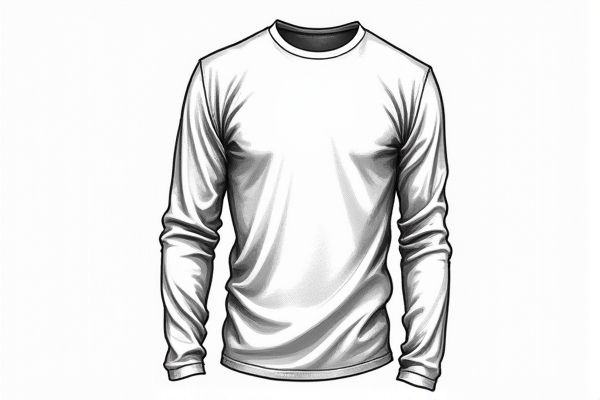

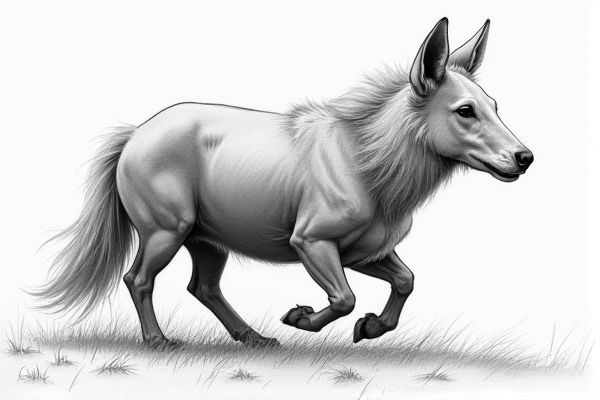





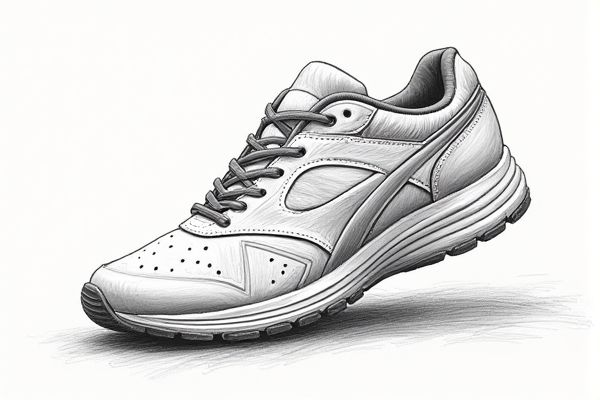
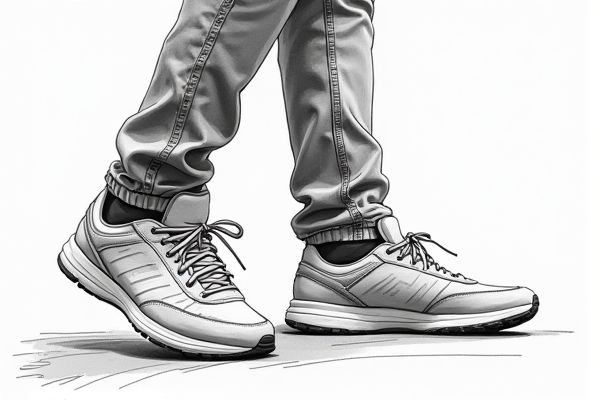
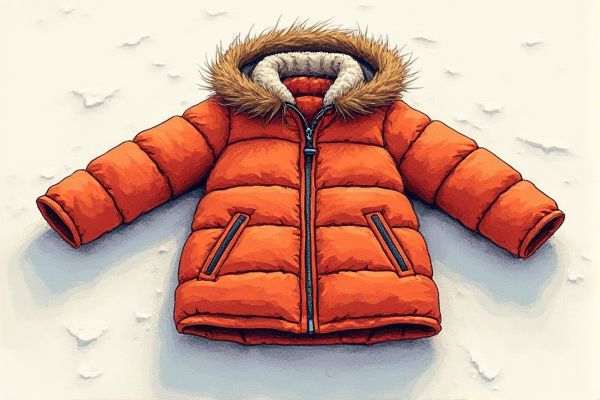
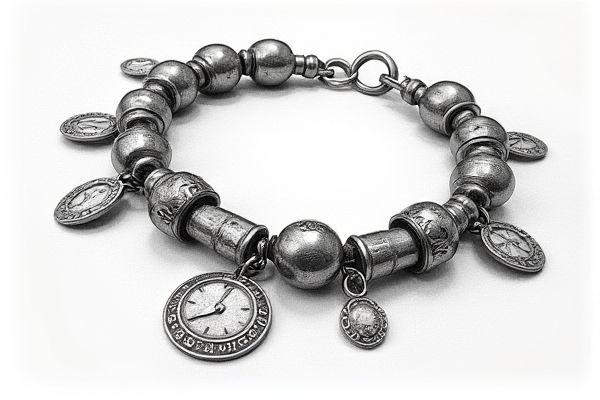
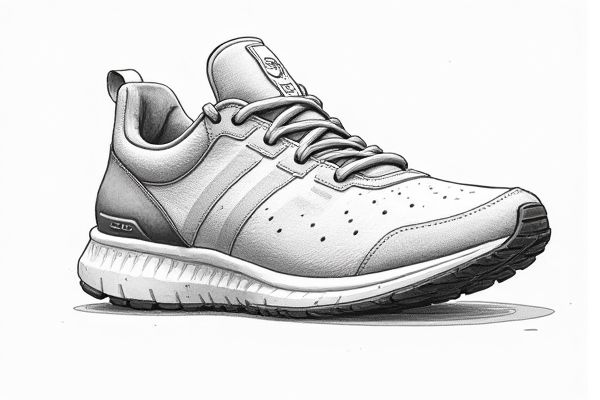
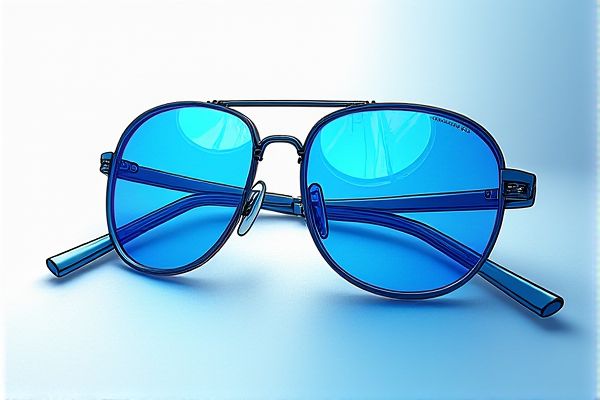
Leave a Reply
Your email address will not be published.